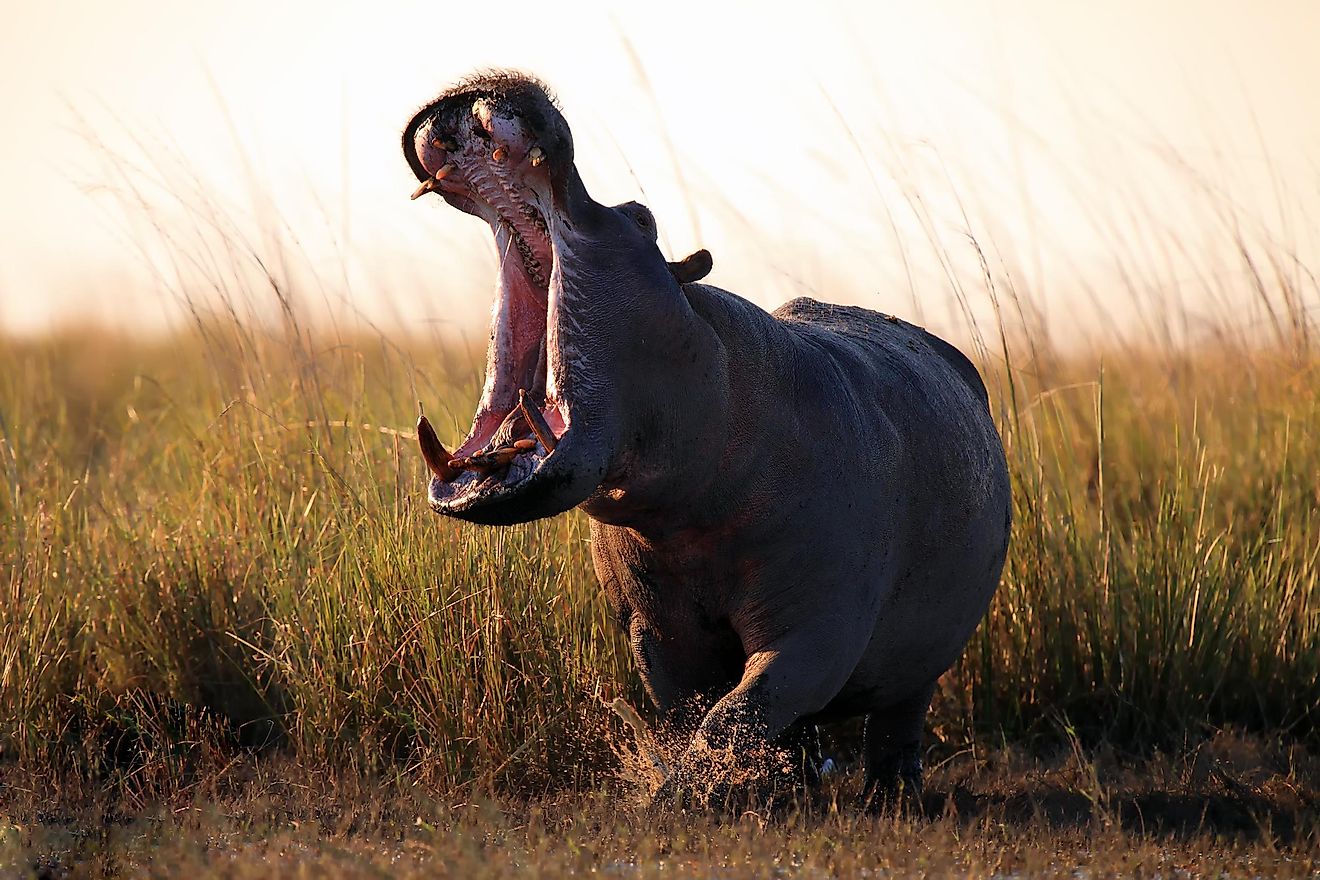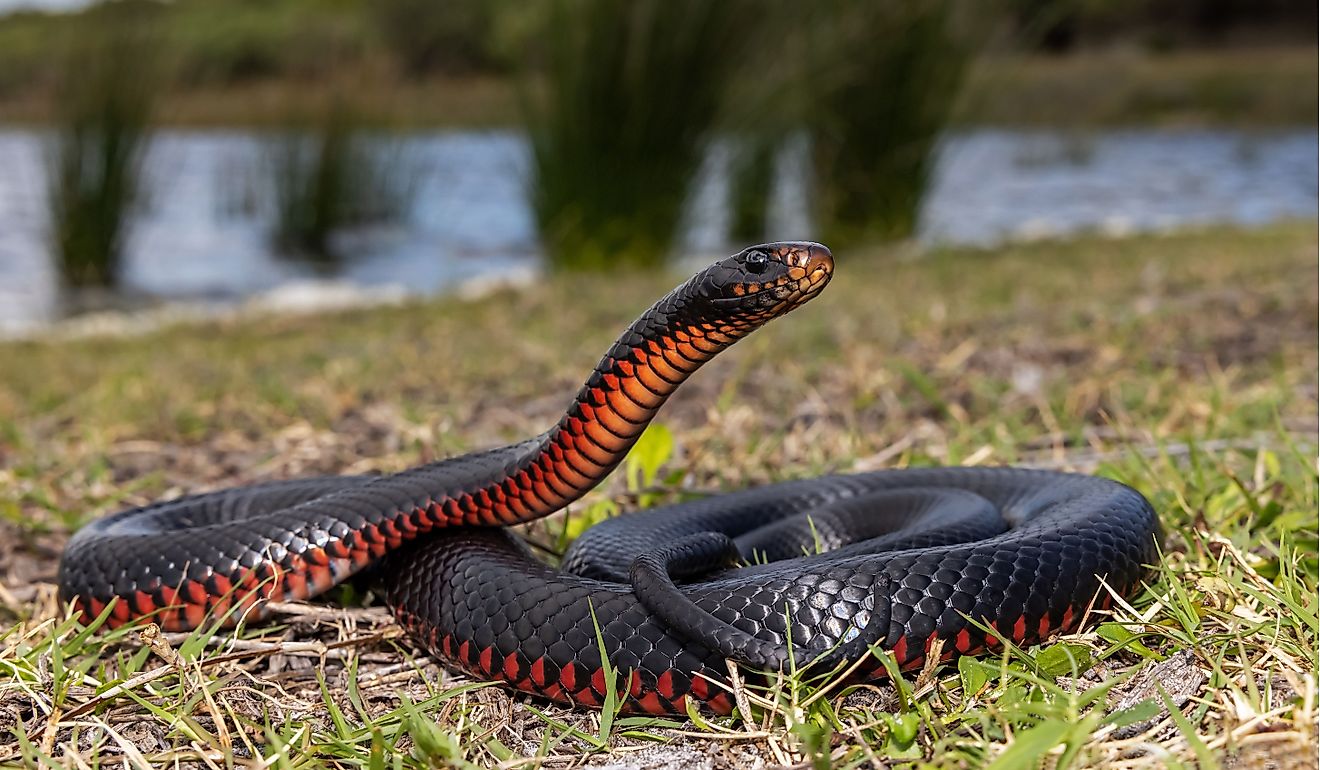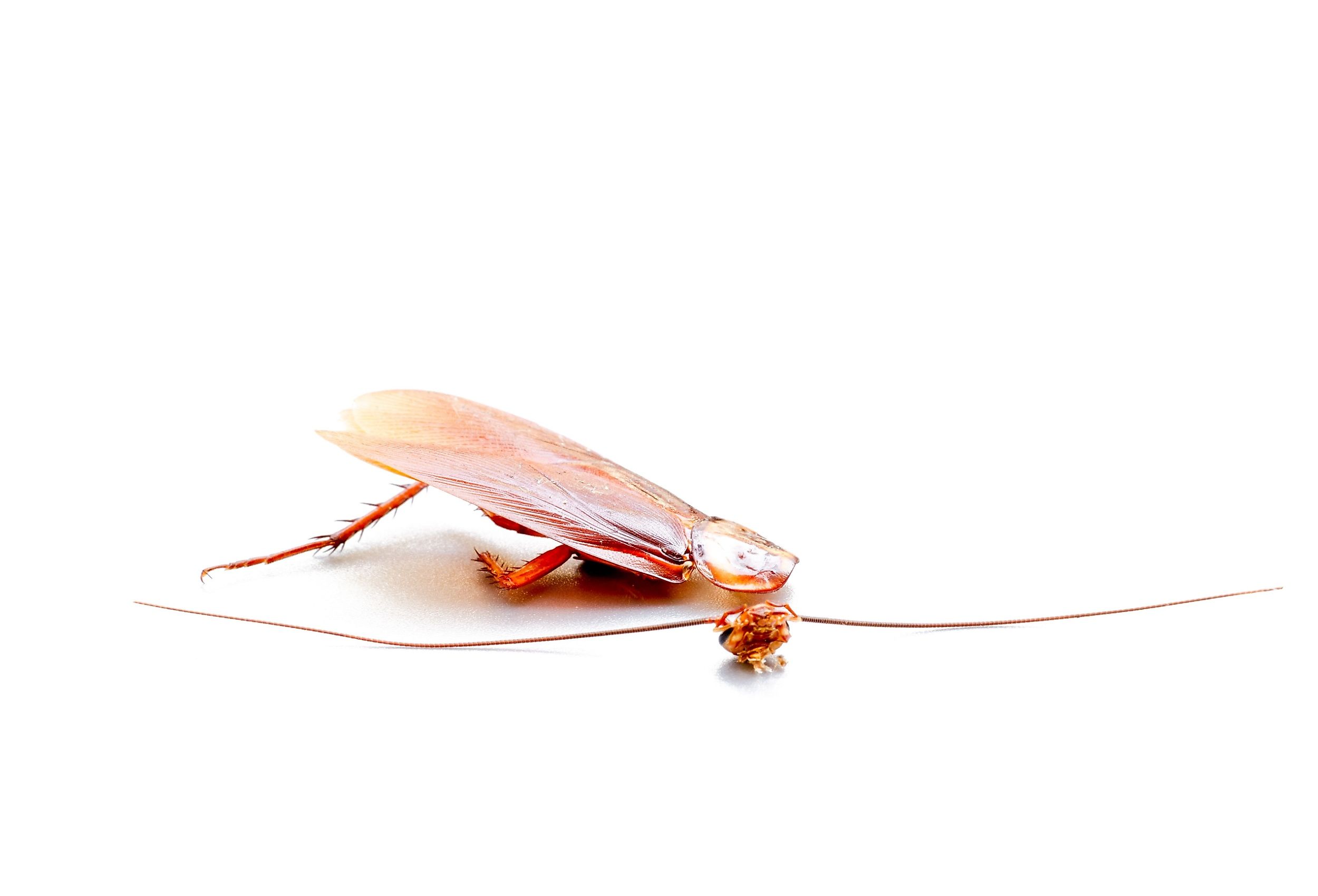
The Week-Long Life of a Headless Cockroach
As much as a living, headless cockroach sounds like a myth designed to make those with entomophobia (fear of insects) squirm, it is a fascinating reality. Whereas decapitating a human would possibly result in quivering eyelids and lips for a few seconds before death, cutting the head off a cockroach will not kill it for at least nine days.
What Happens When a Cockroach Loses Its Head?
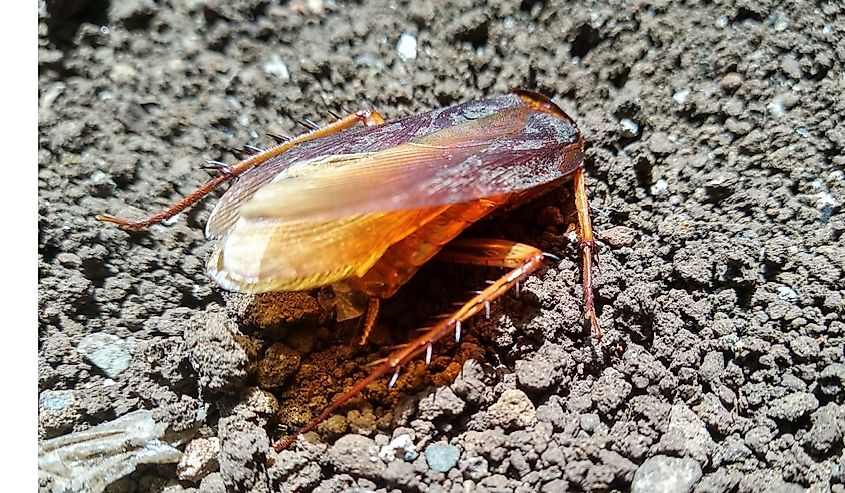
Most insects, including cockroaches, have an open circulatory system. Within this system, hemolymph (insect ‘blood’) bathes the organs instead of flowing through capillaries.
When a mammal, including a human, is decapitated, the wound bleeds uncontrollably, resulting in death. Conversely, cockroaches clot fast at the neck stump, so they don’t lose significant hemolymph (they don’t bleed out).
Researchers have observed that roach necks seal off solely due to clotting. This prevents the hemolymph from pooling, keeping the circulation strong through the body tissues several days after the head is removed.
Hemolymph pressure remains low, unlike the high pressure required to perfuse mammalian capillaries. The consistent low pressure allows a roach to sustain nutrient and waste transport without overworking its circulation system.
The physiology of this process is how a roach can live for several days without its head, and even longer if environmental conditions are favorable.
Breathing That Does Not Rely on the Brain
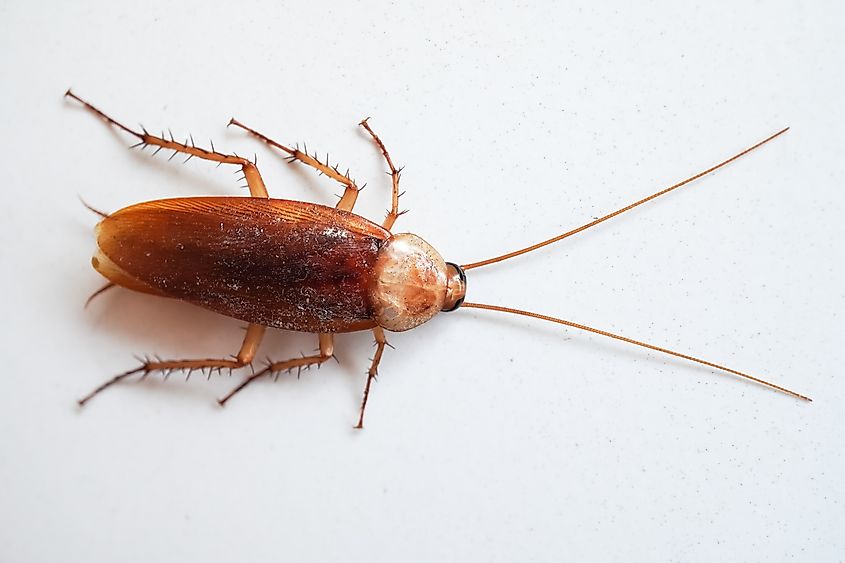
Unlike humans, cockroaches don’t need their head, and by default, their brain, to breathe. Instead, they breathe through spiracles, tiny valves on each thoracic and abdominal segment.
These spiracles connect to a complex network of tracheae that deliver oxygen directly to cells. A cockroach’s brain has nothing to do with this breathing process. Passive diffusion and periodic abdominal pumping are enough to keep the tissues ventilated.
If a cockroach’s head is removed, the spiracles continue to work, and the tracheal tubes remain in place. This enables a gas exchange because no neural input is required. Therefore, even without its head, a cockroach can survive for several days without changing its body function or breathing.
Nervous Control is Distributed
Cockroaches differ from vertebrates because they have multiple neural ganglia along the ventral nerve cord. There is one in each segment, and they can process sensory inputs and initiate motor outputs locally. These segmental ganglia allow walking, hiding, escaping, and other simple behaviors. These behaviors happen independently of the brain.
Therefore, when a cockroach is decapitated, its body can still move spontaneously. The body can also writhe as the ganglia fire in reflex mode. Ganglia act as ‘mini-brains’ in this situation, keeping the roach functional at a basic level. Studies show that headless roach bodies can be stimulated, and when they are, they perform shock-avoidance and escape behaviors.
This shows that after decapitation, a cockroach’s behavioral functionality remains intact. It has also been demonstrated that the antennae on severed roach heads can twitch for several hours. This indicates that isolated brain tissues stay active when cooled and nourished.
Metabolism and Starvation
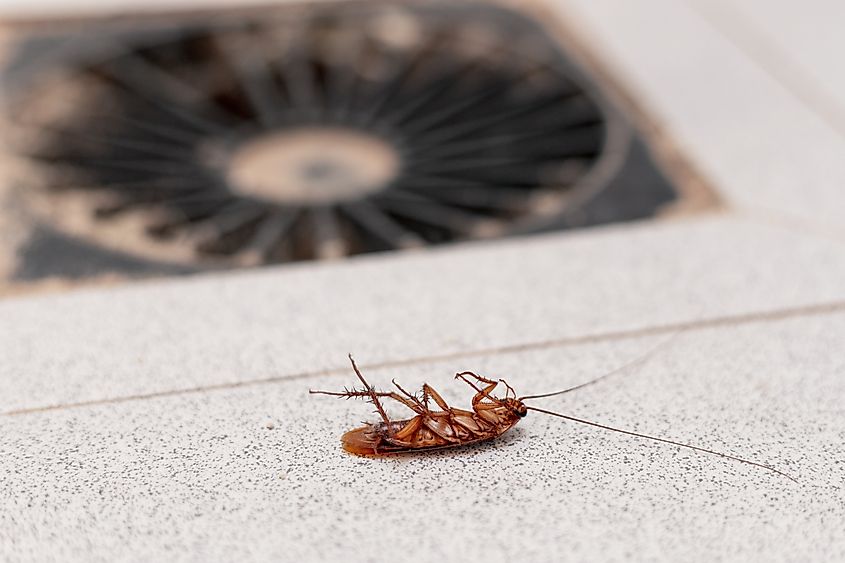
It is abundantly clear that cockroaches can thrive on minimal resources. They are cold-blooded ectotherms, which means they metabolize energy slowly. This process allows them to endure scarcity to the extreme.
As such, a cockroach can live up to a month without food, but only a week without water. Ultimately, thirst, not decapitation, will kill the roach.
There is no way for a headless roach to eat or drink water. Their internal reserves slowly deplete until they perish. One experiment found that decapitated roach bodies lived nearly as long as intact roaches kept under identical conditions, until dehydration set in.
Hormonal Disruption
Decapitation also severs the glands in a cockroach’s head. These glands are responsible for molting and reproductive hormones. At the same time, it offers scientists a means to investigate insect endocrinology.
It has been noted that removing a cockroach’s head deprives its body of the hormones produced from the head glands that control maturation. This enables controlled studies of cockroach metamorphosis and reproduction.
Researchers compare head-intact and headless cockroaches to simplify the understanding of how molting hormones and juvenile hormones regulate development. It is incredibly fascinating work that deepens knowledge of insect life cycles and pest management strategies via hormonal pathways.
Evolutionary and Ecological Factors
Cockroaches have been around for a very long time, around 300 million years, to be precise. These insects have learned to adapt to several different habitats, ranging from tropical forests to urban sewers.
Their distributed nervous system, open circulation, and ongoing respiration resilience grant them strong survival advantages. These advantages see them through trauma and extreme conditions, up to certain limits.
Ethics Also Apply to Cockroaches
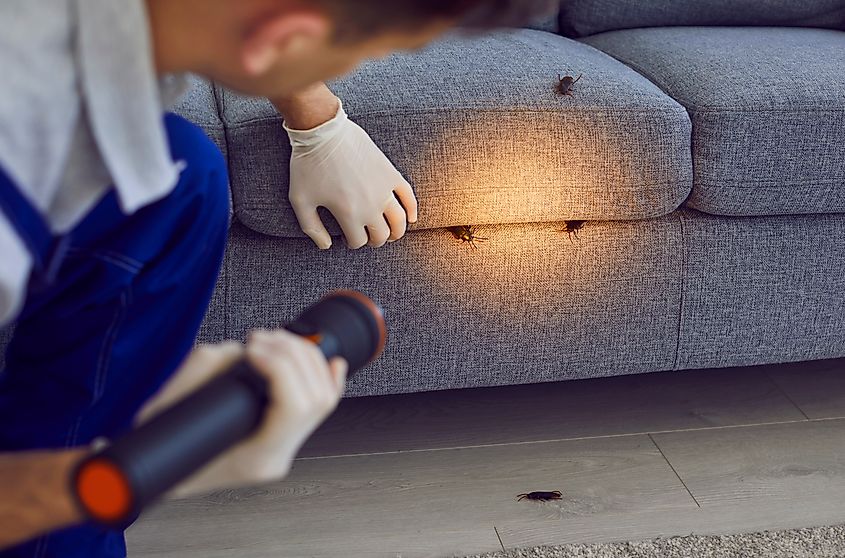
As mentioned, headless cockroach physiology shapes scientific and pest control methodology. Those specializing in pest control have long since recognized that cockroaches easily resist mechanical destruction.
Decapitation, therefore, is unsuccessful unless the process is followed by natural dehydration or applied chemicals.
Still, this does not mean that ethics do not apply in pest control measures. Researchers work hard to employ humane protocols and minimize suffering.
At the same time, some believe that insects lack nociceptive systems similar to those of vertebrates. This means they likely do not experience pain the way humans do when decapitated.
Regardless, ethical guidelines state that invertebrate research must always balance scientific advancement against species welfare. Some evidence shows that insects may experience a form of pain, resulting in louder calls for humane treatment.
Cockroach Studies Go Beyond Decapitation
There is much more to cockroaches than just the one claim to fame. Robotics teams at UC Berkeley were so inspired by how cockroaches move (they flatten themselves to fit into small gaps) that they invented CRAM (Compressible Robot with Articulated Mechanisms).
These robots compress themselves to sneak through rubble after disasters happen and find survivors. They can squeeze into passages half as small as they are and move easily through debris without sustaining damage.
Looking ahead, these bioinspired robots open the door for the invention of tiny devices that can self-repair and adapt to damage in hazardous conditions. This proves that in 2025 and beyond, the most advanced technology may owe its success to nature’s oldest survivors.



